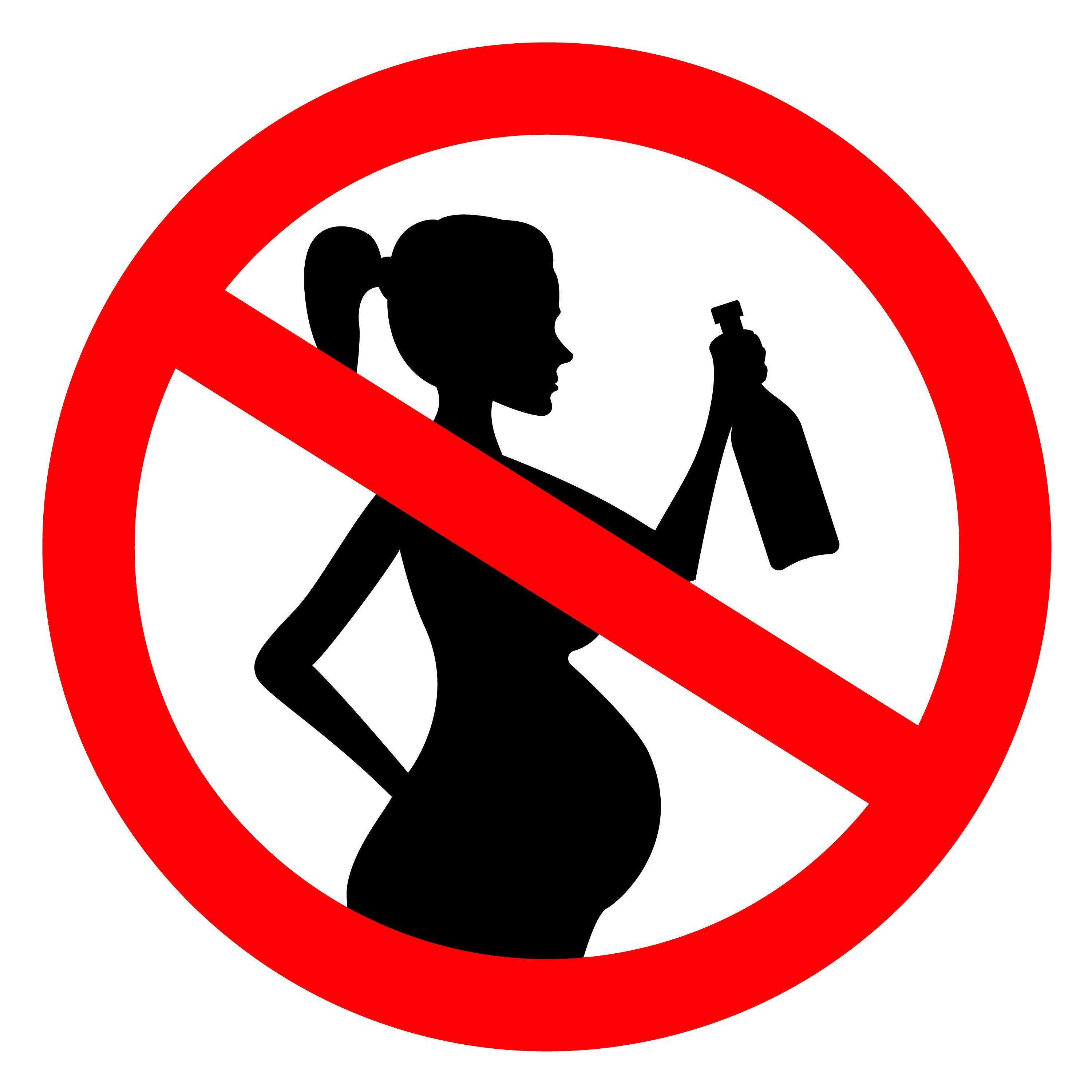Alcohol use disorder is excessive alcohol usage that involves trouble controlling your drinking, being preoccupied with alcohol, or continuing to drink alcohol even when it causes problems. The condition also includes having to drink more alcohol to get the same effect or having withdrawal symptoms (side effects of stopping drinking) when an alcohol user rapidly reduces or stops alcohol consumption. This blog will provide alcohol addiction symptoms and complications of alcohol addiction, assessment, investigations about alcohol recovery centers, and short-term and long-term medical management of an individual’s presence with alcohol independence.
Symptoms of alcohol use disorder
Alcohol use disorder includes a level of drinking that’s sometimes called alcoholism. Unhealthy alcohol usage includes any alcohol use that affects your health or causes other alcohol-related issues.
Signs of alcohol alcohol addiction include:
-
- Drinking more or longer than you planned
- Frequent hangovers
- Continuing to drink even if it causes distress or harm to you or others
- Blacking out or not remembering things that happened
- Feeling irritable or cranky when you are not drinking
- Getting into dangerous situations while drinking
- Not being able to stop drinking once you have begun
- Urge to drink more and more to get lost in you.
- Having a craving for alcohol
- Having repeated problems with work, school, or relationships because of alcohol consumption
- Spending more time-consuming alcohol or recovering from the alcohol use disorder
- Wanting to cut back but not being able to
- Obsessing over alcohol
An individual with alcohol use disorder also might experience withdrawal symptoms or effects of stopping drinking or reducing it, such as irritability, depression, anxiety, racing heart, seizures, trouble sleeping, shakiness, restlessness, nausea, dry heaves, delirium tremens, and hallucinations.
Complications
Below are alcohol-related medical complications by the body system.
-
- Liver disease: Because 90% of alcohol is absorbed in the liver. The liver is not only exposed to alcohol but also to toxic metabolites present in the alcohol and is more likely to get severe acute and chronic injury. Alcohol-associated liver disease plays an important role in alcohol-related morbidity and mortality rates among Americans. Drinking beyond US dietary guidelines levels can contribute to liver disease, including steatohepatitis (inflammation), steatosis (accumulation of fat), hepatocellular carcinoma, fibrosis and cirrhosis (scarring), and alcohol-associated hepatitis. The stages of alcohol liver disease are not generally progressive, and multiple stages can be present in one individual with long-standing heavy drinking. Factors that are responsible for the progression from steatosis to advanced alcohol liver disease include continued heavy drinking, older age, being female, smoking, and having viral hepatitis.
- Pancreatitis: Drinking alcohol is the main cause of chronic pancreatitis and the second main cause of gallstones and acute pancreatitis. According to research studies, acute pancreatitis is a top reason for gastrointestinal hospitalization in the US. The condition equally affects men and women, whereas chronic pancreatitis is more common in men. Smoking independently increases the risk for both types of pancreatitis and could increase the effects of alcohol.
- Gastrointestinal inflammation and bleeding: Excessive alcohol consumption can damage the lining of the gastrointestinal tract, promote inflammation within and beyond the gastrointestinal system, and contribute to gastrointestinal bleeding.
- Gastroesophageal reflux disease (GERD): Consumption of alcohol is related to an elevated risk of GERD. Drinking about one serving of alcohol a day is associated with an increased risk of developing GERD.
- Immune infection and wound healing: Chronic alcohol exposure gives rise to impaired wound healing and may increase the incidence of wound infection.
- Immune inflammation: Heavy alcohol usage can allow microbial particles to leak into circulation and cause inflammation in the liver, brain, and the whole body.
- Diabetes: In diabetes patients, any alcohol intake may reduce the ability to control glucose levels adequately, ultimately contributing to the progression of diabetes-associated cardiovascular and neurologic complications. Furthermore, excessive drinking may increase the risk of developing Type 2 diabetes mellitus through several modes of action, including increased body weight, blood pressure, or blood triglycerides and decreased insulin sensitivity, which are all known factors for diabetes.
- Pneumonia: There is a strong dose-response relation between alcohol usage and community-acquired pneumonia, with the risk of pneumonia rising 6 to 8 percent per drink a day, independent of smoking.
Management and Treatment
Treatment helps reduce alcoholic signs and symptoms. It may include a combination of:
-
- Behavioral therapies: Counselling or talking to a psychologist or mental health counsellor can teach you ways to change your behaviour. Contingency, motivational, and cognitive behavioural therapy are the most used techniques.
- Medicines: The US FDA has approved acamprosate and naltrexone for the treatment of alcohol use disorder. Gabapentin and topiramate can also treat alcohol addiction signs and symptoms by reducing cravings in some people. Disulfiram is an older medication that is now rarely used. These alcohol use disorder medications are known to help reduce the background of obsessive thinking around alcohol.
- Support groups: Certain group meetings with other people who are overcome with alcohol use disorder can help you stay sober.
Rehab centers
Choosing the right alcohol rehab center for addiction recovery can be frustrating. An addiction recovery center is often a way for an individual who is dealing with alcoholic signs and symptoms to get help. These recovery centers offer individualized programs to treat alcoholic mental symptoms, considering factors like age, gender, and the extent as well as duration of addiction.
Treatment usually depends on your stage of alcohol recovery and the severity of your illness. You may require inpatient medical residential rehabilitation, outpatient intensive therapy, or outpatient maintenance to treat signs of alcoholics or alcoholism.




